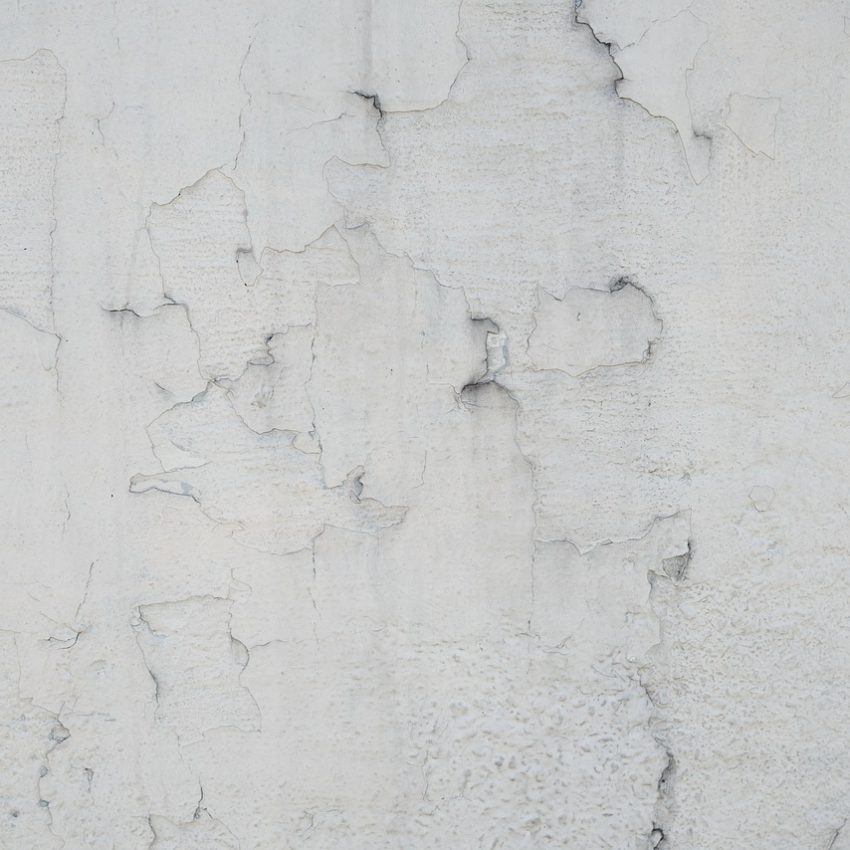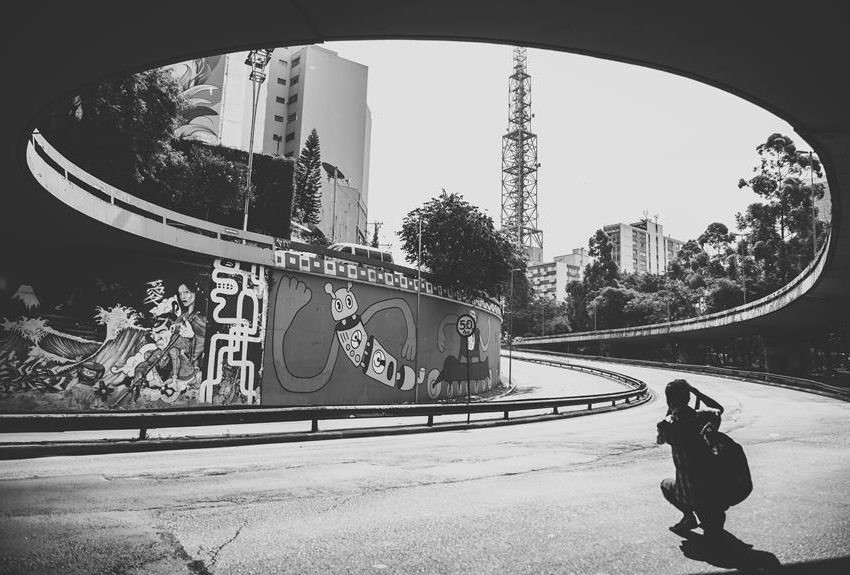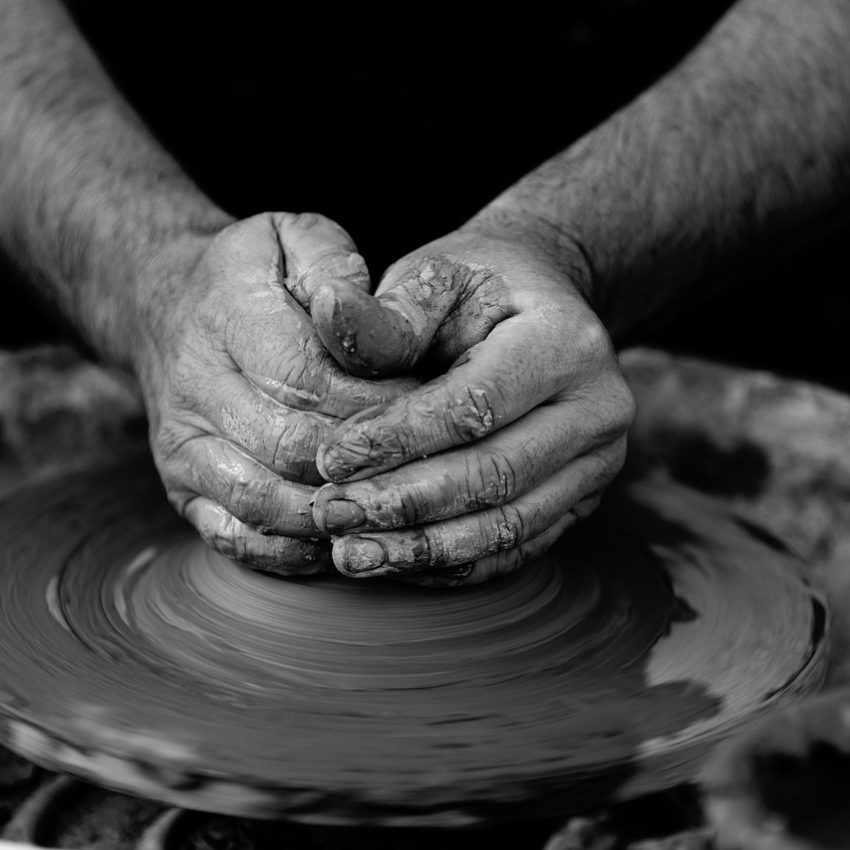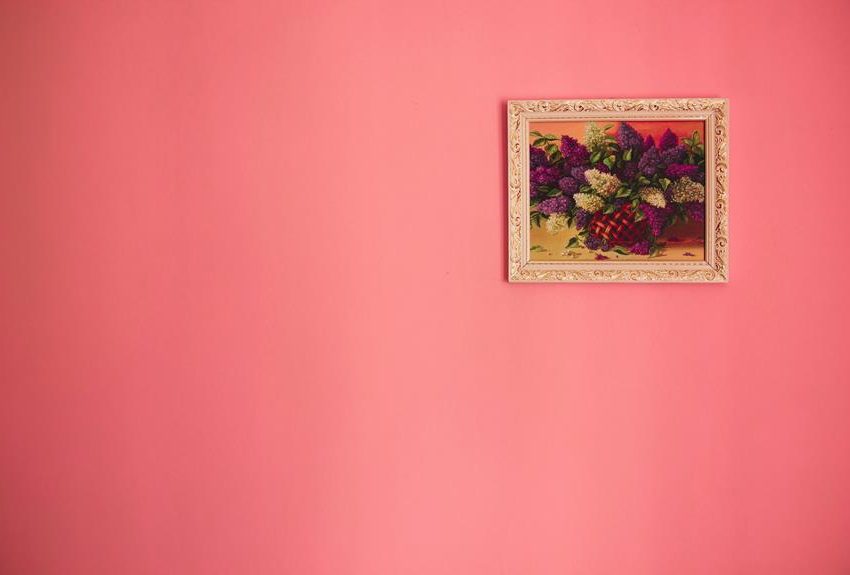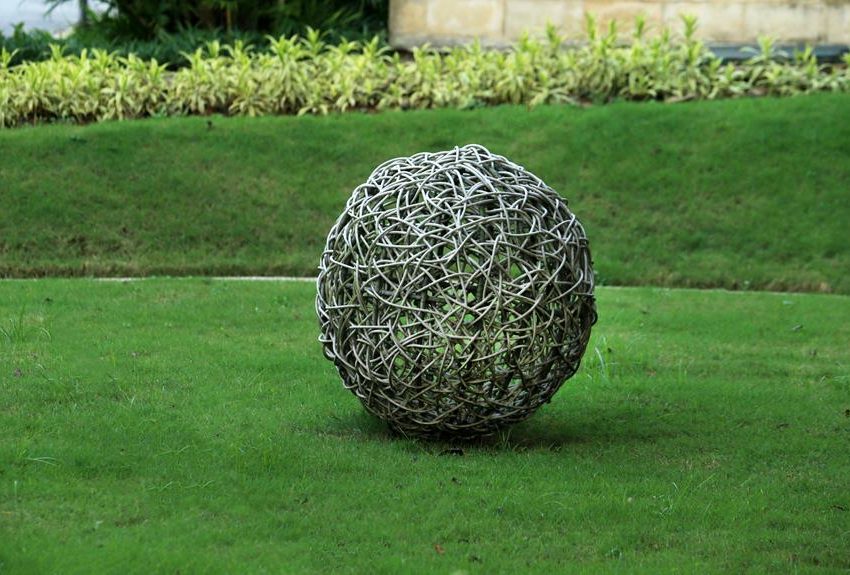Renaissance Art
All You Need to Know
This article aims to delve into the depths of Renaissance Art, offering a thorough understanding of its essence, themes, and the influential figures who shaped it.
The Renaissance, meaning ‘rebirth,’ was a cultural movement spanning the 14th to the 17th century, marking a renewed interest in the culture of classical antiquity after the dark Middle Ages.
Characterized by a profound focus on realism and naturalism, Renaissance Art paved the way for transformative techniques such as linear perspective and chiaroscuro.
The artistic landscape of the period was graced by the brilliance of masters like Leonardo da Vinci, known for works such as ‘The Last Supper’ and ‘Mona Lisa,’ and Michelangelo, who left an indelible mark with masterpieces like ‘David’ and the frescoes in the Sistine Chapel.
.This exploration aims to unravel the layers of Renaissance Art, tracing its impact on artistic expression and its enduring legacy in the contemporary art world.
The Dawn of the Renaissance
The Dawn of the Renaissance not only heralded a revitalization of classical art and learning but also set the stage for a cultural metamorphosis that defined European history from the 14th to the 17th centuries.
This transformative era unfolded as a dynamic response to the stagnation experienced during the medieval period, injecting a newfound vigor into the artistic and intellectual realms.
The reservoir of creativity
Rooted in a profound appreciation for classical antiquity, the Renaissance became a reservoir of creativity, witnessing a kaleidoscope of artistic expressions encompassing painting, sculpture, architecture, music, and literature.
The resurgence of the traditional spirit breathed life into cultural endeavors, fostering a sense of individualism and innovation.
naturalism in renaissance
Early Renaissance art, distinguished by its emphasis on naturalism, not only captured the essence of the period but also laid the foundation for subsequent transformative developments.
As artists and scholars embraced a holistic understanding of humanity, influenced by a heightened appreciation for the intricacies of nature and a revival of classical knowledge, the Renaissance emerged as a beacon of intellectual and artistic enlightenment, leaving an indelible mark on the trajectory of Western civilization.
Characteristics of Renaissance Art
Renaissance paintings are characterized by a focus on realism and naturalism, with artists like Leonardo da Vinci epitomizing this pursuit.
The Italian artist’s innovative approach to painting depicts not only the human anatomy but also a profound understanding of the natural world.
The oil painting technique, a hallmark of the Renaissance style, added a depth and luminosity that distinguished it from medieval painting traditions.
The Renaissance period, encompassing painting, sculpture, architecture, music, and literature, witnessed a profound shift in artistic expression.
It was a time of increased awareness of nature, a revival of traditional learning, and a more individualistic view of man. Scholars now recognize that the Renaissance was not an abrupt break from medieval values but rather a culmination of existing trends.
In the late 13th and early 14th centuries, a crucial “proto-renaissance” period emerged, drawing inspiration from Franciscan radicalism and rejecting the formal Scholasticism of prevailing Christian theology.
Visionaries like Giotto di Bondone embodied this new pictorial style, characterized by clear, simple structures and psychological depth.
Renaissance art is categorised into various periods or stages, encompassing the Proto-Renaissance, the Early Renaissance, the High Renaissance, and areas beyond Italy, collectively referred to as the Northern Renaissance.
Notable Artists and Their Works
In the annals of art history, the Italian Renaissance emerges as a period of unparalleled creativity, with luminaries like Leonardo da Vinci leaving an indelible mark through masterpieces like ‘The Last Supper’ and the enigmatic ‘Mona Lisa.’
This epoch, often referred to as the Italian Renaissance, spans from the 14th to the 17th centuries and is characterized by a profound revival of traditional learning and artistic innovation.
These Renaissance paintings, crafted by famous artists, transcend temporal boundaries and continue to captivate audiences worldwide.
The High Renaissance, marked by a confluence of artistic genius, witnessed the creation of iconic works that epitomized the spirit of the era.
Leonardo da Vinci, revered as a polymath of unparalleled brilliance, depicted the emotional intensity of the moment when Jesus reveals betrayal in ‘The Last Supper.’
The ‘Mona Lisa,’ another famous painting by da Vinci, stands as an enigmatic representation that has fueled the curiosity of many art historians and admirers alike.
Sandro Botticelli
Sandro Botticelli, an Italian artist of the Early Renaissance, left an indelible mark with ‘Primavera,’ a celebrated work capturing classical mythology.
This masterpiece, housed in the Uffizi Gallery, exemplifies the fusion of traditional learning and artistic expression during the Renaissance period.
The gallery itself stands as a testament to the enduring legacy of Renaissance painters.
Piero della Francesca
The Renaissance proper, characterized by a revival of classical spirit, sourced inspiration from diverse sources, including religious themes.
Piero della Francesca, a significant painter of the fifteenth century, created artworks like ‘The Baptism of Christ,’ blending classical ideals with religious narratives.
Florence Cathedral, adorned with works by renowned artists, including da Vinci’s ‘The Annunciation,’ stands as a sublime example of Renaissance architecture.
Jan van eyck
In Northern Europe, the Flemish painter Jan van Eyck pioneered the use of oil painting techniques, influencing the course of Italian painting.
His works, such as ‘The Arnolfini Portrait,’ showcased a mastery of pictorial art and contributed to the broader Renaissance spirit permeating European art.
Abundant in intricacies, this artwork serves as an exceptional early illustration of Northern Renaissance artists’ proficiency in oil painting and their keen interest in the dynamics of domesticated fabric.
Despite its appearance as a simple double portrait, the Arnolfini poses as one of the most enigmatic puzzles in the annals of Western art history.
Within a confined space adorned with a bed and a window, two figures adopt a formal pose, exhibiting an extraordinary degree of stillness, even by artistic standards.
Positioned on the left, a man gazes forward, clad in a substantial coat and a hat that simultaneously exudes a solemn aura and resembles an item one of the Mario brothers might use for a power-up.
While it’s worth noting a resemblance to Vladimir Putin in costume, it is advisable to disregard this observation, as it may detract from the painting’s overall impact.
Impact of Italian Renaissance
The enduring impact of the renaissance resonates not only in Italy but across Europe, ushering in the Northern Renaissance.
The Uffizi Gallery in Florence and the Louvre in Paris boast an exquisite array of famous Renaissance paintings, underscoring the profound influence of this era on Western art.
The Sistine Chapel ceiling, adorned by Michelangelo’s ‘The Creation of Adam,’ stands as a testament to the grandeur and significance of High Renaissance style.
Cultural Landscape
The Italian Renaissance, left an indelible mark on the cultural landscape, extending beyond artistic realms.
The ripple effect of this transformative period, often dubbed the Italian Renaissance, influenced not only the Italian peninsula but also ignited a cultural fervor across Europe, leading to what is now known as the Northern Renaissance.
Artists in Northern Europe embraced Renaissance ideals, adapting them to their unique cultural contexts.
The impact of the renaissance , characterised by a renewed interest in classical learning, realism, and humanism, reshaped the artistic landscape and left an indelible mark on the course of Western art.
REBIRTH
The Italian word ‘Rinascita,’ meaning rebirth, encapsulates the essence of the Renaissance. The National Gallery, housing an extensive collection of Renaissance paintings, becomes a repository of artistic treasures, showcasing the evolution of their painting from the Early to the High Renaissance.
As we traverse the corridors of history, the Renaissance emerges not merely as a chronological designation but as a cultural rebirth.
These famous artworks, crafted by notable artists like Leonardo da Vinci, Jan van Eyck, and Sandro Botticelli, remain pivotal in our understanding of the period.
They serve as portals to an era marked by a convergence of traditional learning, artistic innovation, and the profound impact of visionary painters whose creations transcend the boundaries of time and continue to shape our artistic sensibilities.
Uffizi Gallery
The Uffizi Gallery in Florence stands as a treasure trove of Renaissance masterpieces, providing a visual chronicle of the artistic evolution during this period. Its halls are adorned with works by celebrated artists like Leonardo da Vinci, Botticelli, and Raphael.
The gallery not only serves as a testament to the rich artistic heritage of Italy but also as a symbol of the profound impact the Renaissance had on shaping the canon of Western art.
With some of the most famous paintings housed within its walls, such as Botticelli’s ‘The Birth of Venus’ and Leonardo da Vinci’s ‘Annunciation,’ exemplify the shift towards naturalism and the revival of classical themes that defined the Renaissance era.
Northern Renaissance
Venturing beyond the confines of Italy, Northern Renaissance art played a pivotal role in shaping the cultural landscape.
Jan van Eyck, a maestro of this movement, contributed ‘The Birth of Venus,’ a renowned painting that sought inspiration from classical antiquity.
This piece, often confused with Botticelli’s work of the same name, showcases the meticulous attention to detail characteristic of Northern Renaissance paintings.
Early Renaissance
Paris & Museums
The Louvre Museum in Paris, another bastion of artistic excellence, echoes the impact of the Renaissance across national borders.
As the world’s largest art museum, the Louvre boasts an extensive collection of Renaissance paintings, sculptures, and decorative arts.
Works like Leonardo da Vinci’s ‘Mona Lisa’ and ‘Virgin and Child with St. Anne’ affirm the transcendent influence of Italian Renaissance artists on the broader European art scene.
The integration of these masterpieces into the Louvre’s collection underscores the universal appreciation and adoption of Renaissance ideals in the development of Western art.
Leonardo’s younger contemporary & Renaissance paintings
A pinnacle of the Renaissance Michelangelo’s ‘The Creation of Adam’ on the Sistine ceiling is a visual testament to the profound impact of this period. Commissioned by Pope Julius II, Michelangelo’s frescoes transformed the Chapel into a celestial masterpiece.
‘The Creation of Adam,’ where the painting depicts God reaching out to touch Adam’s finger, has become an enduring symbol of artistic genius and spiritual profundity.
The High Renaissance style, characterized by harmony, balance, and anatomical precision, reached its zenith in Michelangelo’s monumental work, leaving an everlasting imprint on the evolution of art.
The impact of the Renaissance extends beyond individual masterpieces and renowned galleries.
It permeates the collective consciousness of Western art, influencing subsequent movements and shaping the trajectory of artistic expression.
The Renaissance emphasis on humanism, scientific inquiry, and a revival of classical ideals laid the groundwork for modern artistic sensibility.
The legacy of this transformative era is evident in the continued reverence for Renaissance masterpieces, the emulation of its techniques by later artists, and the enduring belief in the power of art to reflect and elevate the human experience.
The impact of Renaissance art is not confined to a specific time or place; rather, it resonates across centuries, inspiring generations of artists and art enthusiasts alike.
Renaissance & classical sculpture
The Renaissance sculptural movement is recognised as a revival of classical antiquity’s sculptural traditions. Sculptors drew inspiration from artistic remnants and archaeological findings of the ancient era, considering them as ideal foundations for their creative endeavors.
Additionally, the influence of nature played a significant role in shaping their works.
It is essential to note the exception of Flemish artists in northern Europe who, diverging from the figurative style of Gothic art, fostered a Renaissance distinct from the Italian one, particularly in painting.
The revitalisation of antiquity, marked by the departure from medieval aesthetics described by Giorgio Vasari as “a world of Goths,” and the appreciation of classical elements with their various nuances, predominantly unfolded in Italian Renaissance sculpture.
Renaissance artists excelled in interpreting and expressing the essence of nature, translating it with both freedom and expertise into a myriad of masterpieces.
The Medici Influence in Florence
The situation in Florence during the Renaissance created a uniquely favorable environment for the flourishing of the arts.
At the heart of this cultural renaissance were wealthy merchant families, with the Medici family standing out as paramount patrons of the arts.
Among these influential figures, Cosimo de Medici played a pivotal role in not only accumulating vast wealth but also channeling it into the sponsorship of humanistic and artistic activities.
His keen interest in scholarship and learning led to the founding of the Neoplatonic Academy, where leading writers and classical scholars of the time congregated.
This intellectual hub became a beacon for the exchange of ideas, further fueling the cultural renaissance taking place in Florence.
Lorenzo the Magnificent
Lorenzo de Medici, commonly known as Lorenzo the Magnificent, emerged as a central figure in the Medici family’s legacy of patronage.
His patronage extended across various domains, including art, literature, philosophy, and music.
Lorenzo became the epicentre of a cultural renaissance, providing unwavering support to a diverse array of talents.
Now famous renaissance artists, poets, scholars, and musicians found encouragement and sponsorship under his influential reign such as Botticelli and Michelangelo.
Lorenzo’s vision and generosity transformed Florence into a vibrant hub of creativity, solidifying its status as a cradle of Renaissance culture.
European art scene
The Medici family’s impact extended beyond Florence, reaching the broader European art scene through their extensive trade connections.
As prominent merchants, the Medicis engaged in trade across major European cities, influencing the art landscape in Northern Europe.
One of the noteworthy instances of their influence is evident in the commissioned masterpiece known as the Portinari Altarpiece, crafted by the Northern Renaissance artist Hugo van der Goes. Commissioned by Tommaso Portinari, an agent of the Medici family, this altarpiece stands as a testament to the Medici’s patronage reaching far beyond the borders of Florence.
Florence & The Medici family’s
The Medici family’s commitment to the arts went hand in hand with their civic pride. Florence witnessed the manifestation of this pride in the form of statues of patron saints commissioned by the Medici family.
These statues adorned niches in the grain-market guildhall, Or San Michele, reflecting the intertwining of commerce, culture, and civic identity.
The Medici’s investment in the construction and decoration of palaces, churches, and monasteries underscored their role not just as patrons but as shapers of the architectural and artistic landscape of Florence.
Cosimo de Medici
Cosimo de Medici, the patriarch of the family, left a lasting legacy by fostering an environment where intellectual pursuits thrived.
His extensive library, one of the largest and most significant of its time, became a repository of classical knowledge.
The Medici family’s commitment to scholarship, coupled with their support for the arts, became a defining feature of Florence’s Renaissance identity.
The Medici family’s influence in Florence during the Renaissance was a multifaceted phenomenon.
From the intellectual pursuits of Cosimo de Medici to the cultural renaissance under Lorenzo the Magnificent, the Medicis shaped Florence into a bastion of creativity.
Their patronage extended beyond local borders, impacting Northern Renaissance art and leaving an indelible mark on the broader European artistic landscape.
The Medici legacy stands as a testament to the profound interplay between commerce, culture, and the arts during this transformative period in history.
High Renaissance Art
The High Renaissance, a pinnacle of artistic achievement spanning from the early 1490s to 1527, stands as a period defined by the exceptional contributions of three towering figures: Leonardo da Vinci, Michelangelo, and Raphael.
Each of these luminaries encapsulated a unique aspect of the era, collectively shaping the artistic landscape and leaving an enduring impact on Western art.
Leonardo da Vinci
Leonardo da Vinci, often hailed as the quintessential Renaissance man, embodied a remarkable breadth of talents and intellectual pursuits.
His artistic legacy is marked by two iconic masterpieces that have transcended time the enigmatic Mona Lisa and the profound narrative of The Last Supper.
The Mona Lisa, with her enigmatic smile, has become an enduring symbol of artistic mastery and the pursuit of capturing the essence of human emotion.
In The Last Supper, Leonardo demonstrated his unparalleled ability to infuse a religious narrative with emotional depth and psychological subtlety.
Both works showcase Leonardo’s mastery of composition, use of chiaroscuro, and his keen observation of the world in its most natural form.
Michelangelo
Michelangelo, another luminary of this Renaissance, was renowned for his exceptional creative power.
His works, ranging from sculptures to paintings, bore the hallmark of his deep reverence for the human body as the ultimate vehicle for emotional expression.
The statue of David, a monumental sculpture carved from a single block of marble, exemplifies Michelangelo’s ability to breathe life into stone, capturing the essence of strength, beauty, and contemplation.
The frescoes on the ceiling of the Sistine Chapel, notably ‘The Creation of Adam,’ showcase his extraordinary talent in portraying the divine through the muscular and dynamic forms of the human body.
Raphael
Raphael, in contrast to the intense and dramatic style of Michelangelo, brought a sense of harmony and serenity to High Renaissance artistic work.
His works perfectly expressed the traditional spirit, embodying a balance of beauty, proportion, and grace.
The School of Athens, a fresco in the Vatican City, is a testament to Raphael’s ability to blend classical philosophy with artistic representation.
This monumental work features a gathering of great thinkers from different eras, symbolizing the synthesis of knowledge and the harmonious coexistence of diverse intellectual traditions.
The collection of individual masterpieces
The High Renaissance was not merely a collection of individual masterpieces but a period characterized by a collective pursuit of excellence and a shared commitment to the ideals of classical art.
Artists during this era sourced inspiration from classical antiquity, embracing principles of balance, proportion, and the representation of the human form.
The period’s enduring influence is palpable in the rich tapestry of artworks that emerged during these decades.
High Renaissance represents a zenith in Western art, marked by the extraordinary contributions of Leonardo da Vinci, Michelangelo, and Raphael.
Their works not only epitomized the ideals of the era but also set the standard for artistic excellence.
The period’s emphasis on classical principles, coupled with the unique expressions of each artist, continues to shape our understanding and appreciation of art, making this Renaissance an enduring and revered chapter in the history of human creativity.
Conclusion
A profound comprehension of Renaissance Art, whether through Da Vinci’s ‘Virgin of the Rocks’ or Piero della Francesca’s ‘The Birth of Venus’ in the Uffizi Gallery, serves as a gateway to appreciating the evolution of artistic expression.
This era, marked by unparalleled change and innovation, continues to shape the contemporary art world, underscoring its enduring impact on the creative landscape and human understanding of the world.
